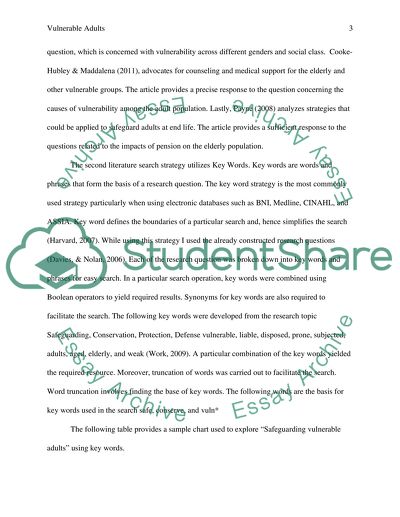Cite this document
(“Safe guarding vulnerable adults Essay Example | Topics and Well Written Essays - 1500 words”, n.d.)
Safe guarding vulnerable adults Essay Example | Topics and Well Written Essays - 1500 words. Retrieved from https://studentshare.org/nursing/1465927-safe-guarding-vulnerable-adults
Safe guarding vulnerable adults Essay Example | Topics and Well Written Essays - 1500 words. Retrieved from https://studentshare.org/nursing/1465927-safe-guarding-vulnerable-adults
(Safe Guarding Vulnerable Adults Essay Example | Topics and Well Written Essays - 1500 Words)
Safe Guarding Vulnerable Adults Essay Example | Topics and Well Written Essays - 1500 Words. https://studentshare.org/nursing/1465927-safe-guarding-vulnerable-adults.
Safe Guarding Vulnerable Adults Essay Example | Topics and Well Written Essays - 1500 Words. https://studentshare.org/nursing/1465927-safe-guarding-vulnerable-adults.
“Safe Guarding Vulnerable Adults Essay Example | Topics and Well Written Essays - 1500 Words”, n.d. https://studentshare.org/nursing/1465927-safe-guarding-vulnerable-adults.


